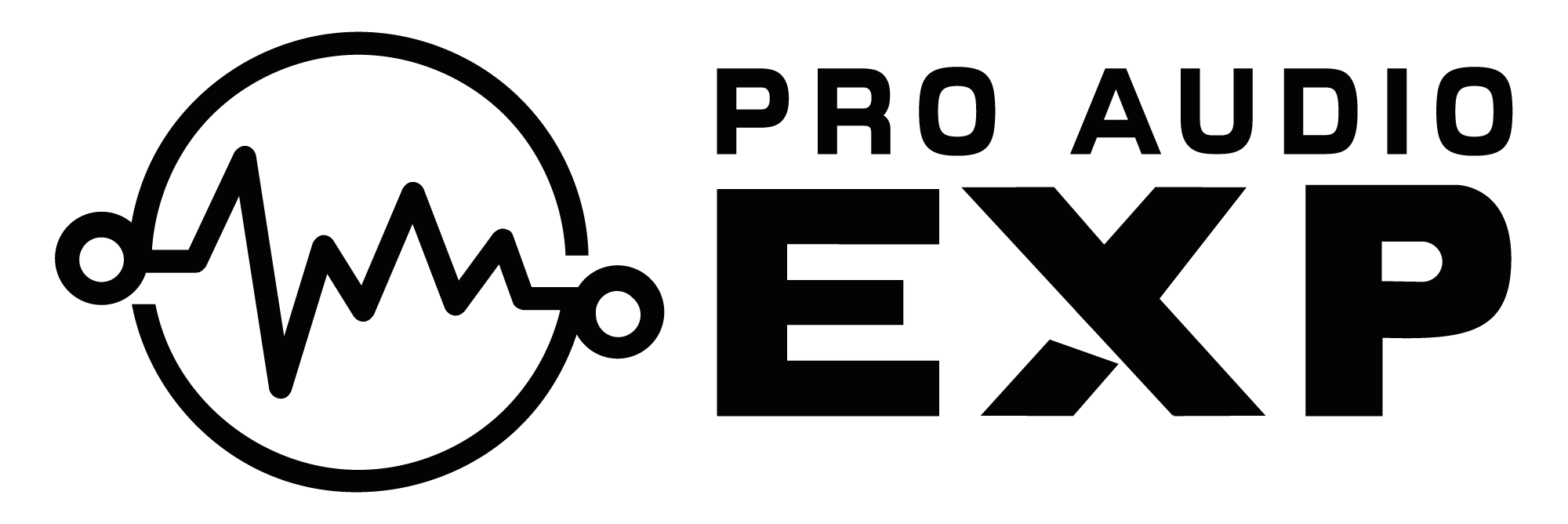Ever since the creation of the Phonautograph in 1877, mankind has taken advantage of this technology for recording sounds for a variety of purposes, mainly music.

Starting with the Phonograph, society has created “records” to load recorded sounds onto playback devices to play music anytime they wished. However unlike the audio devices of today, the output of these early devices had low fidelity and volume, and could only capture a portion of the sound spectrum. It’s because of this limitation that bands of the time used very loud instruments so that the music could be captured properly when recording.
Fortunately, this trend didn’t last long until the electrical era of the 1920’s with the introduction of microphone’s, amplifiers and electrical disc-cutting machines. Created by Western Electric, they paved the way for the modern recording devices. Sound recording became a hybrid process – sounds could now be captured and edited for the very first time, and thanks to new electronically-cut discs, sounds can be captured en masse and distributed. Famous sounds such as the “Tarzan yell” was born in this era.
The year 1945 saw further change to the way sounds are recorded. Germany’s new invention – magnetic tape recording. Initially created in the 1930’s, this technology remained in Germany until the end of World War 2. Since then from 1950 onward, magnetic tape quickly rendered the older recording method obsolete. Magnetic tape increased the duration of every recording, thus increasing the storage capacity of a single track. Likewise, recordings could also be manipulated sonically, something that was thought impossible with disc recordings.
But then the 1970’s came, and with it the fourth wave of change that will lead the way to the modern day recording technology. Japanese company Sony introduced to the world digital sound encoding, which quickly dominated the market in such a short time, setting them up as the market giant we know today. Digital recording utilizes very dense and rapid samples of sound to capture the audio, and once played back these samples are recombined into a form of a continuous flow of sound.
While the digital revolution continues to evolve in the present day, discs and cassette tapes were quickly replaced by the modern online distribution system thanks to the internet. While one can still record sounds with better technology, they can be uploaded immediately onto the internet for everyone to download, listen and share.


0 Comments
There are not comments yet. Be the first one to post one!